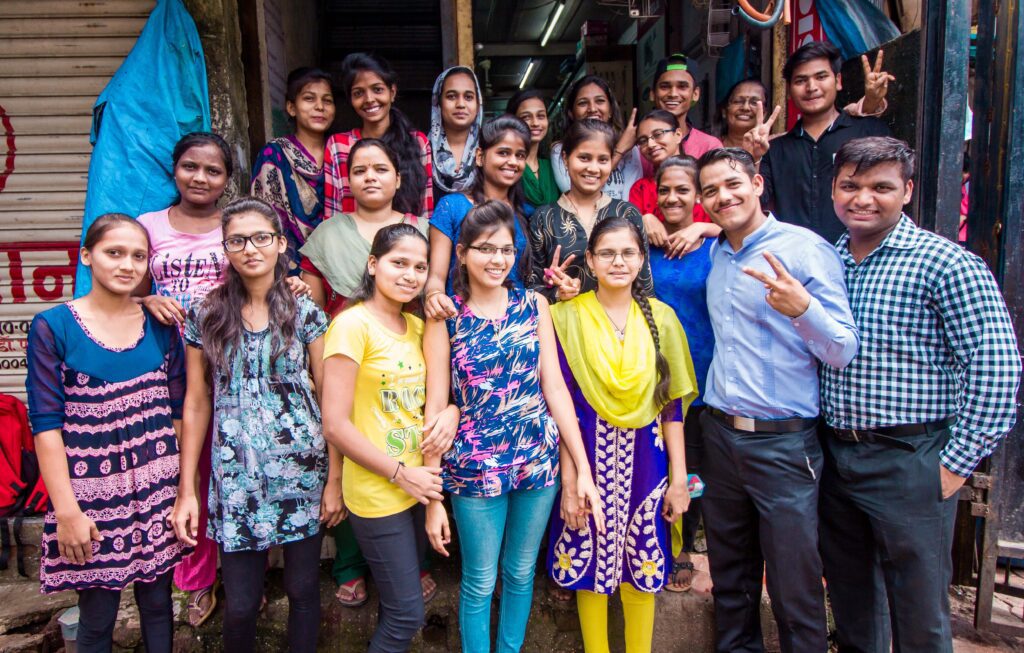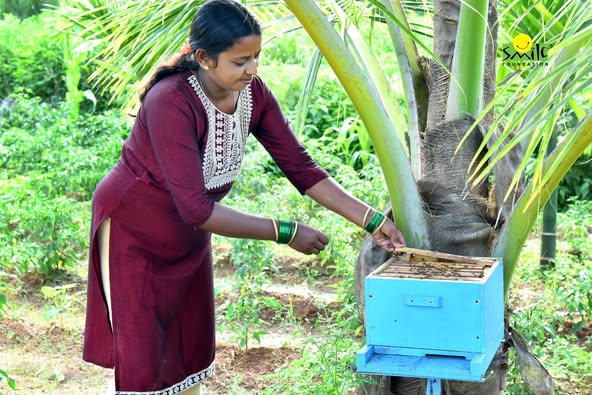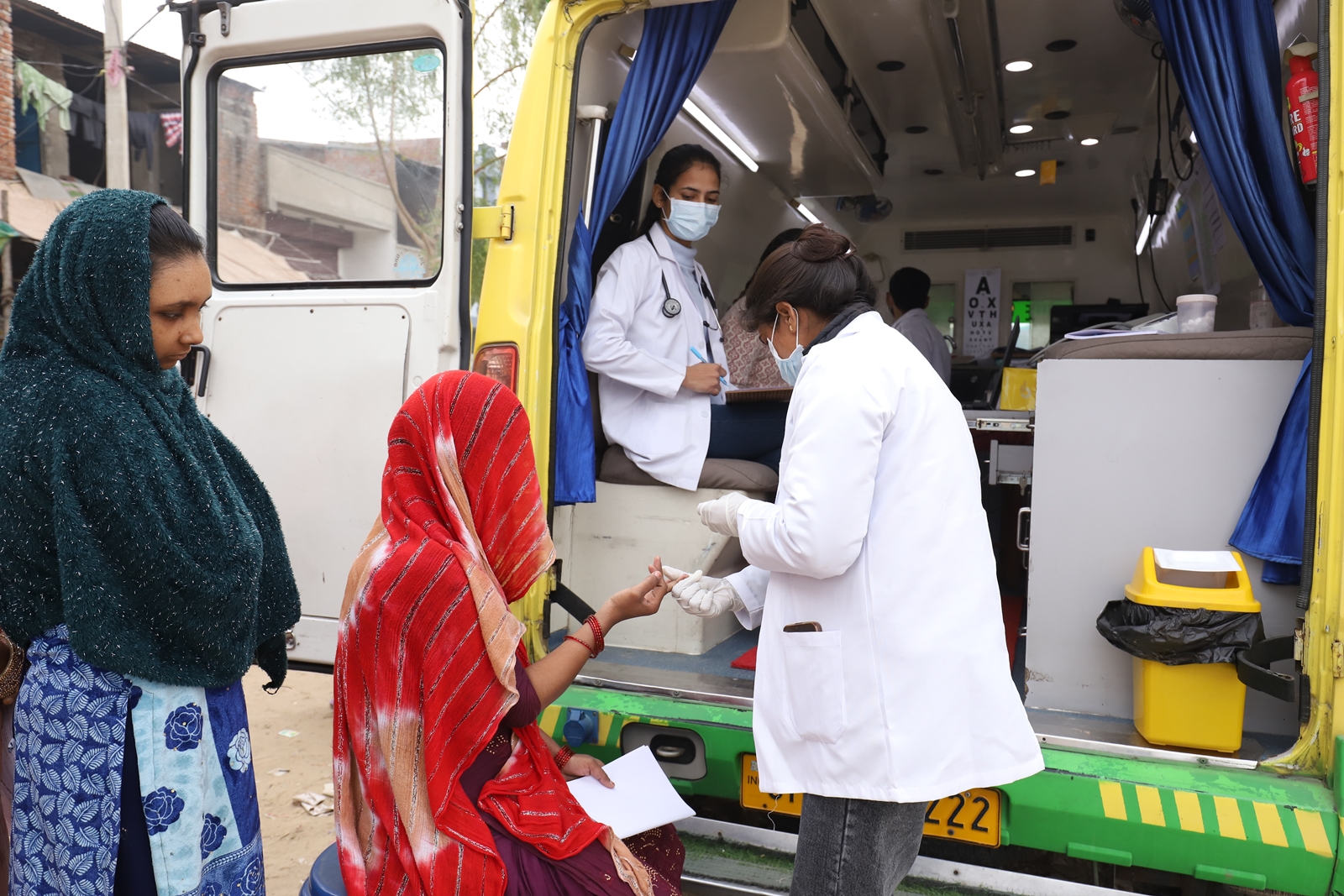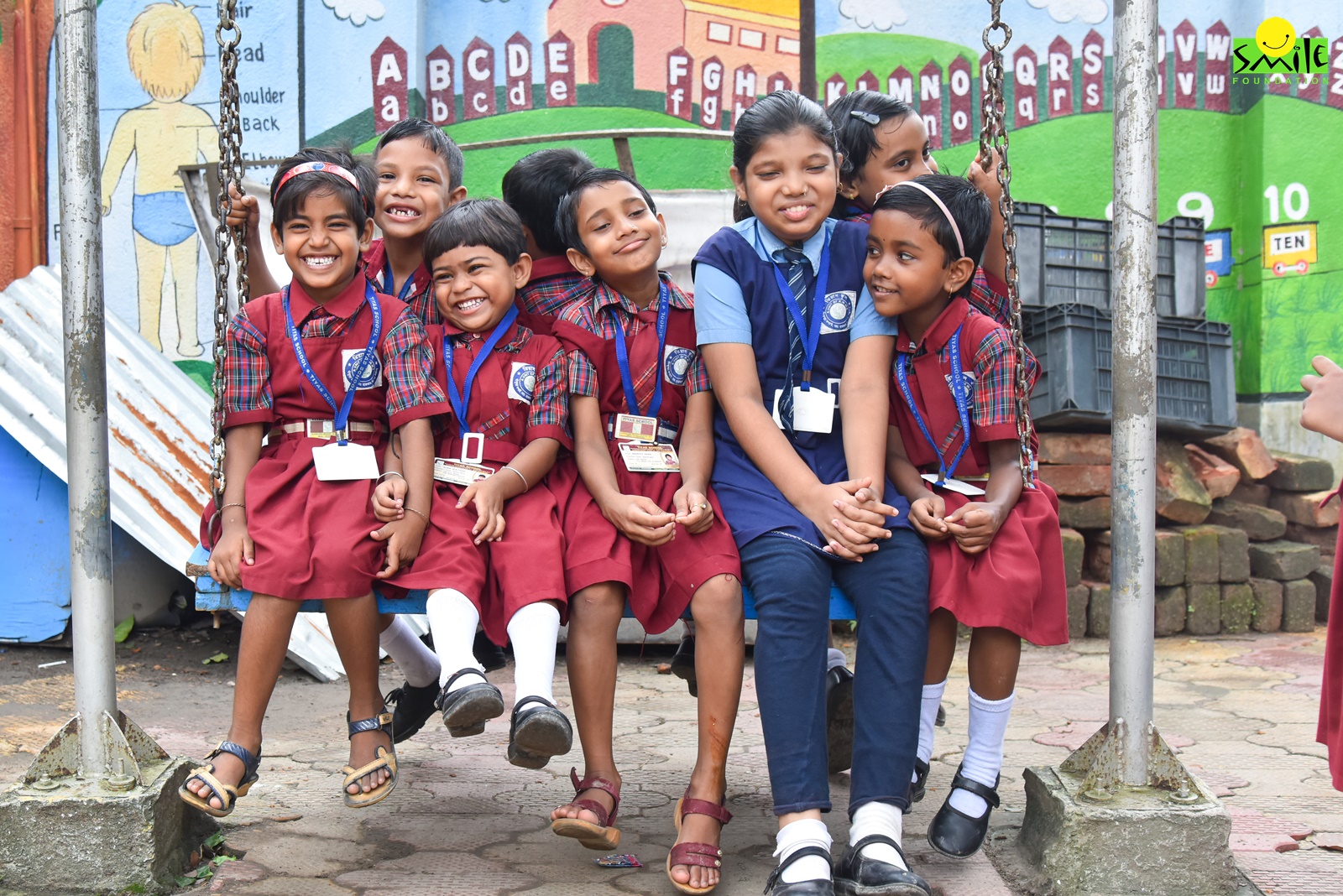Applying knowledge in the real world and making a difference is called a ‘skill’.
Currently, India boasts the largest young population globally, with 66 percent under the age of 35. This demographic, characterized by its creativity, energy, and ambition, presents immense potential for the nation’s workforce. However, despite this pool of talent, many employers struggle to find suitable candidates to fill their ranks.
For instance, a prominent construction company faced a significant shortfall, hiring only 1500 employees out of a required 200,000 last year. This disparity is often attributed to the prevalent skill gap, where companies struggle to find individuals with the necessary qualifications and expertise.
Recent data from 2018 indicates that India faces a skill shortage of 56%, while China’s shortfall stands at only 13%.
One more important dataset to look at is
The overall unemployment rate in India hovers around 7%, spiking to 19% among graduates. What this tells is- people who have studied more have more chances of staying unemployed in India.
Interesting! (but in reality, extremely concerning)
From all of the data above, It seems crystal clear that for the Indian economy to grow in the upcoming decades, it is extremely important that we understand and work towards addressing and solving the issue of the skill gap in India.
What are the skills required actually?
If we define broadly, employers look for two major skills. One is technical skill or vocational skill. The hard skills required to excel in the work they are responsible for. Even after hiring them, companies train the employees before handing over the projects to make them understand the specifics they expect from them.
And the second skill is social skills or people skills- things like how they interact with people, handling pressure, leadership skills, time management etc.
The skills for the current time
In the current market, the need for more advanced digital skills is high. Programming, internet of things,, cyber security, data analysis, machine learning are some of the high demand skills.
In India, 67% of employees regard digital skills as more critical to acquire than in any other APAC country, except for Singapore. Employers expect that their potential employee to know at least basic digital skills, regardless of the sector they are working in.
Recently, rapidly growing tech of artificial intelligence has also created a significant skill gap in India. Nasscom estimates that around 4.16 lakh individuals are employed in the AI and data science sector, but India faces a significant gap of over 2 lakh AI professionals.
Learning how to learn
If we really start from the root then we need to first address the education system.
In our education system, what we teach and the way we teach needs to be re-evaluated. For years we have been focusing a lot more on theoretical learning- kids memorize facts rather than actually understanding them. They do get to know things but struggle to apply that knowledge in the real world.
Applying knowledge in the real world and making a difference is called a ‘skill’.
In this age of instant access to knowledge, we need to start focusing a lot more on practical learning, to ultimately convert the knowledge into practiced wisdom! The education system should be regularly updated with the current demands and trends in the industry.
Closing the skill gap in India
A significant challenge involves making resources for upskilling accessible and affordable for individuals. This can be addressed through increased collaboration between businesses and development organizations like Smile Foundation.
By raising awareness about apprenticeships and internships, educating teachers, students, and parents about the benefits of vocational education, and informing students about available work placement options, individuals can be better equipped to upskill themselves.
Partnerships of real value can be created by making needful interventions of skilling the youth- especially those who do not have the social connectivity to be at the right place on the right time because their parents mostly belong to the labour class whose major preoccupation is fending for the basics of the family. These young kids need outside guidance and learning centers should be abundantly available to them as they navigate the workings of the world and find their place in it. Smile Twin e-Learning Program (STeP) is one such initiative hoping to skill the youth gainfully and place them in respectable jobs.
Skill vs Degree
A significant effort in skilling the youth also goes into changing the mindset of the people. In the current scenario, it is extremely important for the people to understand that high degrees without having updated skills and a mindset of continuous learning can hamper their employability by a huge margin.
In 2015, the Indian government initiated the Skill India Mission, aiming to empower 400 million individuals by 2022 with employable skills. This initiative was conceived to address the skills gap faced by companies in finding suitable workers. Skill India provides diverse training options, from hands-on learning under experienced workers to online courses.
Pradhan Mantri Kaushal Vikas Yojana (PMKVY), Jan Sikhshan Sansthan (JSS), National Apprenticeship Promotion Scheme (NAPS), and Craftsman Training Scheme (CTS), through Industrial Training Institutes (ITIs) are some of the schemes launched under Skill India Mission.
Looking ahead and skilling the youth more passionately
In the 2021-22 financial year, the government allocated significant funds to continue supporting the efforts of Skill India in equipping people with relevant skills. Notably, Finance Minister Nirmala Sitharaman, in her interim Budget 2024 speech, revealed that the Skill India Mission has successfully trained 1.4 crore youth, upskilled 54 lakh youth, and reskilled them with market-relevant skills.
Furthermore, due to India’s vastness and diversity, it is important to work towards skilling the youth in remote areas and for underrepresented groups, including girls and the differently-abled. E-learning offers a faster and more effective way to upskill these youth.
The introduction of the National Education Policy, 2020 has also helped. The objective of the NEP is to transition from rote memorization to a model where children acquire lifelong learning skills.
Lastly, one of the most important things we need to understand is that, currently, India is in a favorable situation with more working-age people than dependents. However, this scenario is expected to change by 2040. If India fails to develop a more skilled workforce in the next 20-30 years, it may fall behind other countries in the coming decades.
We must act fast and smart!









